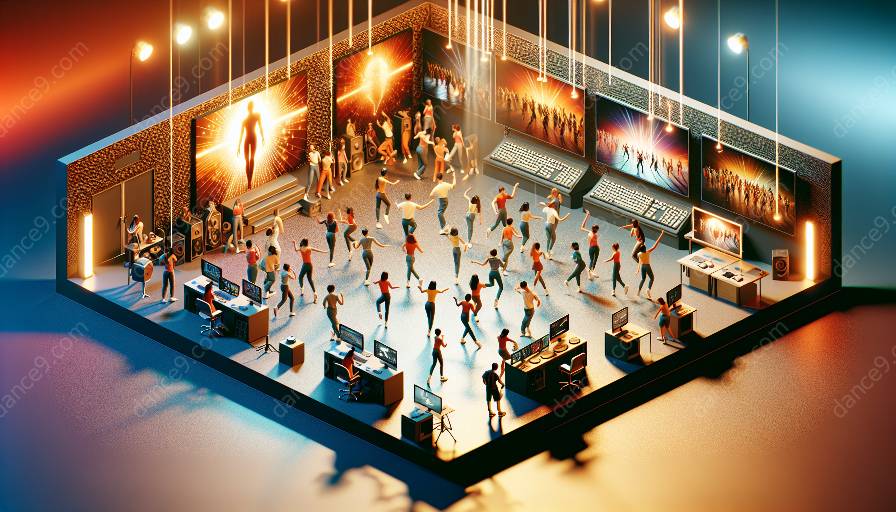Dance education has evolved over the years, integrating interactive multimedia to enhance the learning experience. This article explores the fusion of dance, video art, and technology, and how it has revolutionized the way dancers are trained and educated.
The Role of Interactive Multimedia in Dance Education
Interactive multimedia plays a pivotal role in modern dance education by offering a multi-sensory experience that traditional teaching methods cannot match. By integrating video art and technology, educators can create immersive and engaging learning environments for dancers at all levels.
Benefits of Interactive Multimedia in Dance Education
1. Enhanced Learning Experience: Interactive multimedia allows dancers to visualize movements, study choreography, and engage in virtual rehearsals, enriching their overall understanding of dance.
2. Accessibility: Video art and technology make dance education accessible to a broader audience, breaking geographical barriers and reaching diverse communities of dance enthusiasts.
3. Creativity and Expression: Through digital tools, dancers can explore and experiment with creative expression, bringing a new dimension to artistic development.
Integrating Video Art into Dance Education
Video art in dance education offers a unique way to capture movement, emotions, and storytelling. By leveraging video technology, educators can create visual repertoires, analyze performances, and document the evolution of dance expressions.
Technology's Impact on Dance Education
The integration of technology in dance education opens up new possibilities for performance analysis, feedback mechanisms, and personalized learning experiences. From motion capture to virtual reality, technology is reshaping the way dancers learn and grow.
Interactive Multimedia and Dance Training
By intertwining interactive multimedia with dance training, educators can cater to diverse learning styles, enhance engagement, and provide personalized feedback, thereby elevating the overall quality of training.
Embracing the Future of Dance Education
The convergence of dance, video art, and technology offers a glimpse into the future of dance education. As the boundaries of multimedia continue to expand, dancers and educators will find new opportunities for collaboration, expression, and innovation.
Conclusion
Interactive multimedia has transformed dance education, creating a dynamic and inclusive learning environment that fosters creativity, exploration, and mastery. The fusion of dance, video art, and technology has redefined the possibilities for dancers and educators alike, paving the way for a vibrant future in the world of dance.

































